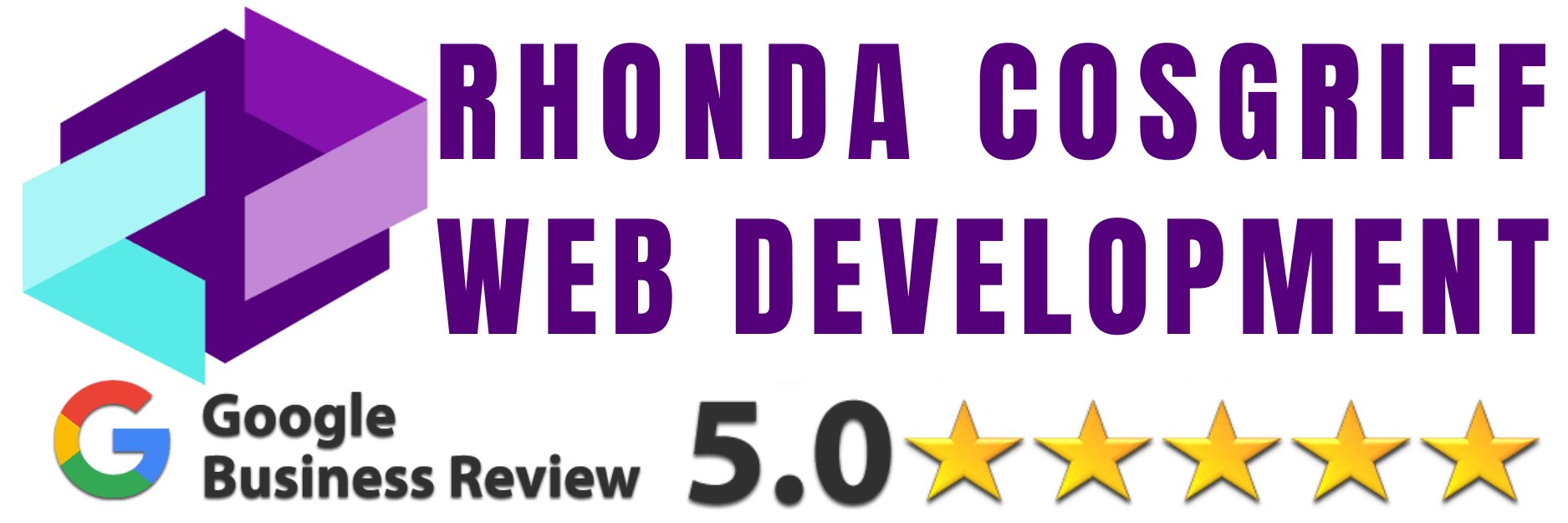 How to Design a Website That Tells Your Brand’s Story
How to Design a Website That Tells Your Brand’s Story
🌐💻📱📈👥💡📝📚🎥
#websitedesign #branding #storytelling #userfriendly #mobilefriendly #copywriting #onlinemarketing
In today’s digital age, having a website is essential for any business or brand. But just having a website isn’t enough – your website should be able to effectively tell your brand’s story and convey your unique value proposition to potential customers. In this article, we’ll discuss the key elements of designing a website that effectively tells your brand’s story and engages your audience.
1. Understanding Your Brand’s Story
Before you can effectively tell your brand’s story on your website, you need to have a clear understanding of what that story is. This involves defining your brand identity and identifying your unique value proposition.
Defining Your Brand Identity
Your brand identity is what sets you apart from your competitors and makes your brand unique. It includes your brand’s mission statement, values, personality, and visual identity. Take some time to define your brand identity before starting to design your website.
Identifying Your Unique Value Proposition
Your unique value proposition is what makes your brand stand out from the crowd. It should be something that your target audience values and that your competitors don’t offer. Identify your unique value proposition and incorporate it into your website’s messaging and design.
2. Understanding Your Target Audience
To effectively tell your brand’s story on your website, you need to understand your target audience. This involves conducting market research and creating user personas.
Conducting Market Research
Market research involves gathering information about your target audience’s needs, preferences, and behavior. This information can help you create user personas and tailor your website’s messaging and design to your target audience.
Creating User Personas
User personas are fictional representations of your target audience. They include demographic information, behavior patterns, and pain points. Use user personas to guide your website’s messaging and design.
3. Creating a Website Structure
A well-organized website structure is essential for effectively telling your brand’s story. This involves organizing your content and choosing the right navigation system.
Organizing Your Content
Your website’s content should be organized in a logical and intuitive way. Use headings and subheadings to group related content together and make it easy for users to find what they’re looking for.
Choosing the Right Navigation System
Your website’s navigation system should be simple and easy to use. Use clear labels and organize your navigation items in a logical order. Consider using a hamburger menu for mobile devices.
4. Designing Your Website
Effective website design is key to telling your brand’s story and engaging your audience. This involves choosing the right colors and typography, selecting images and videos, and incorporating branding elements.
Choosing the Right Colors and Typography
Your website’s colors and typography should be consistent with your brand identity. Use colors that evoke the emotions and feelings you want your audience to associate with your brand. Choose typography that is easy to read and reflects your brand’s personality.
Selecting Images and Videos
Images and videos can be powerful storytelling tools on your website. Use high-quality images and videos that are consistent with your brand’s messaging and design. Avoid using stock photos that don’t accurately represent your brand or target audience.
Incorporating Branding Elements
Incorporating branding elements such as logos, taglines, and brand messaging into your website design can help reinforce your brand’s story and identity.
5. Writing Copy That Tells Your Brand’s Story
Compelling copy is essential for telling your brand’s story and engaging your audience. This involves crafting a compelling headline, writing copy that speaks to your target audience, and incorporating storytelling techniques.
Crafting a Compelling Headline
Your website’s headline is often the first thing your audience will see. Make it attention-grabbing and relevant to your brand’s story and unique value proposition.
Writing Copy that Speaks to Your Target Audience
Your website’s copy should be written in a way that resonates with your target audience. Use language that speaks to their pain points and aspirations, and highlight how your brand can help solve their problems.
Incorporating Storytelling Techniques
Storytelling is a powerful tool for engaging your audience and conveying your brand’s story. Use storytelling techniques such as creating a narrative, using vivid imagery, and incorporating testimonials and case studies into your website’s copy.
6. Making Your Website User-Friendly
A user-friendly website is essential for engaging your audience and effectively telling your brand’s story. This involves ensuring fast load times, designing for mobile devices, and incorporating calls-to-action.
Ensuring Fast Load Times
Slow load times can lead to high bounce rates and frustrated users. Optimize your website’s images and code to ensure fast load times.
Designing for Mobile Devices
More and more users are accessing websites on mobile devices. Design your website to be mobile-friendly, with a responsive design that adapts to different screen sizes.
Incorporating Calls-to-Action
Calls-to-action can help guide users through your website and encourage them to take action. Incorporate calls-to-action throughout your website, and make them clear and easy to find.
7. Measuring Your Website’s Success
Measuring your website’s success is essential for optimizing your website’s performance and ensuring it effectively tells your brand’s story. This involves setting measurable goals and using analytics to track performance.
Setting Measurable Goals
Set specific, measurable goals for your website, such as increasing website traffic or conversions. This will help you track your website’s performance and make data-driven decisions.
Using Analytics to Track Performance
Use website analytics tools such as Google Analytics to track your website’s performance and identify areas for improvement. Monitor metrics such as traffic, bounce rates, and conversion rates.
 8. Conclusion
8. Conclusion
Designing a website that effectively tells your brand’s story is essential for engaging your audience and building your brand. By understanding your brand’s story and unique value proposition, understanding your target audience, creating a well-organized website structure, designing your website effectively, writing copy that speaks to your target audience, making your website user-friendly, and measuring your website’s success, you can create a website that effectively tells your brand’s story and drives business results.
FAQs
- How important is website design for telling my brand’s story?
- Website design is essential for effectively telling your brand’s story and engaging your audience.
- What are some tips for designing a website that tells my brand’s story?
- Understand your brand’s story and unique value proposition, understand your target audience, create a well-organized website structure, design your website effectively, write copy that speaks to your target audience, make your website user-friendly, and measure your website’s success.
- How can I incorporate storytelling into my website’s design and copy?
- Use storytelling techniques such as creating a narrative, using vivid imagery, and incorporating testimonials and case studies into your website’s copy.
- Why is it important to design my website for mobile devices?
- More and more users are accessing websites on mobile devices, so designing your website to be mobile-friendly ensures that your brand’s story can be effectively communicated to all users.
- How can I measure my website’s success?
- Set measurable goals for your website, such as increasing website traffic or conversions, and use analytics tools such as Google Analytics to track your website’s performance and identify areas for improvement.
Remember, a well-designed website that tells your brand’s story can be a powerful tool for engaging your audience and driving business results. By following the tips and techniques outlined in this article, you can create a website that effectively communicates your brand’s story and builds a strong connection with your target audience.

Click here to see some of our branding work.










